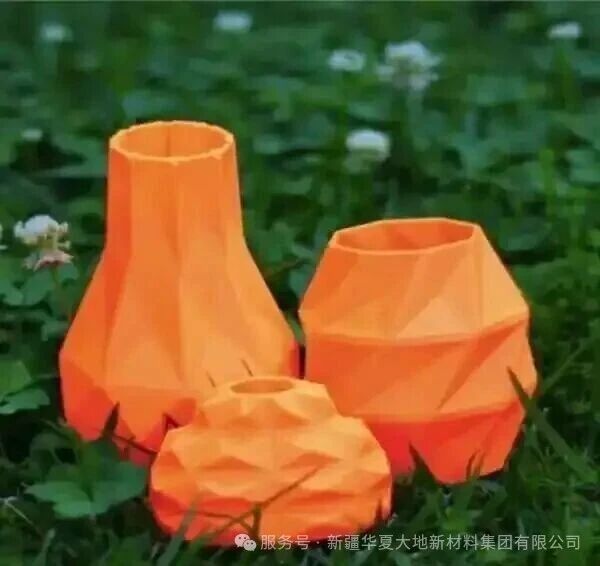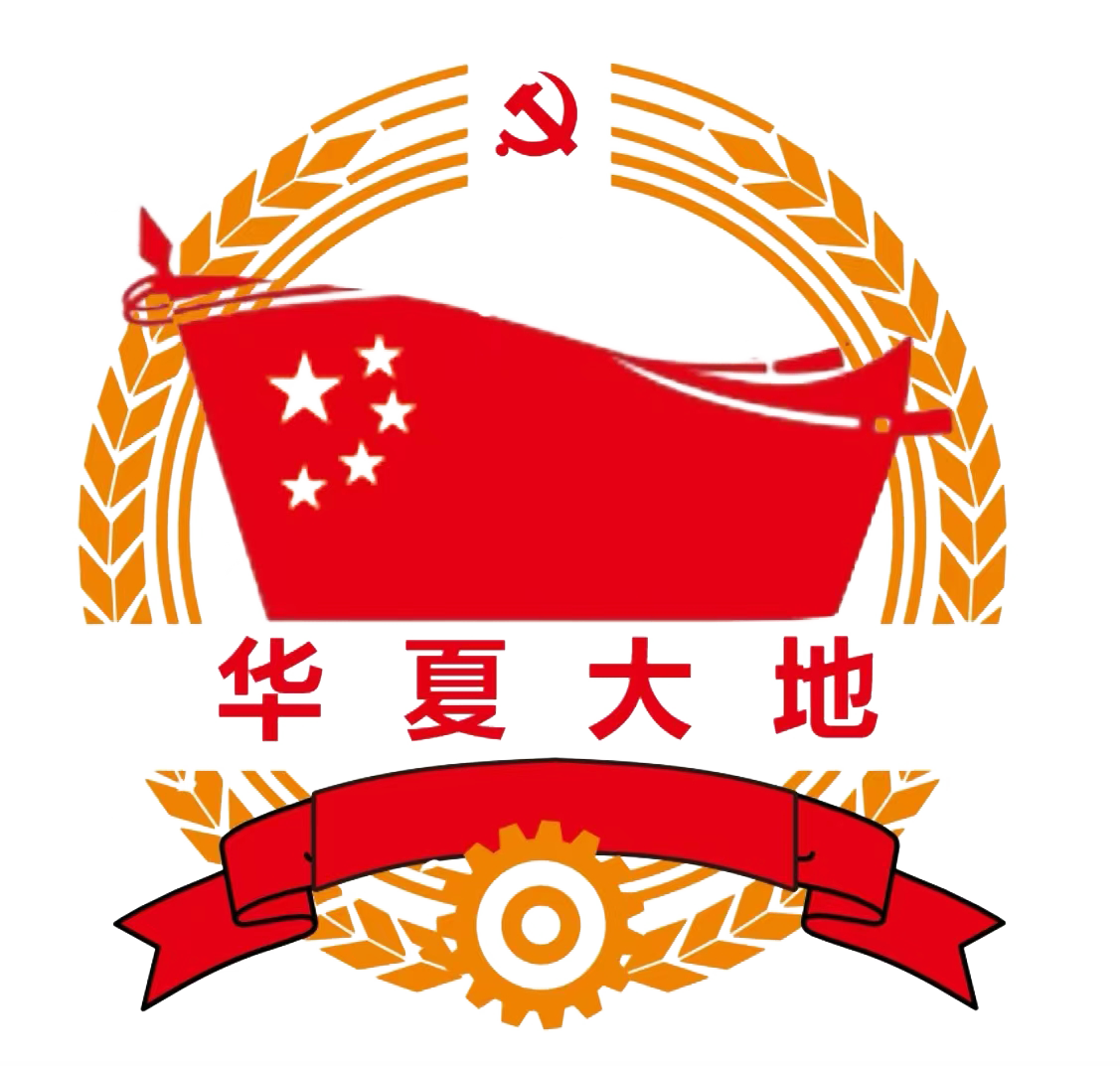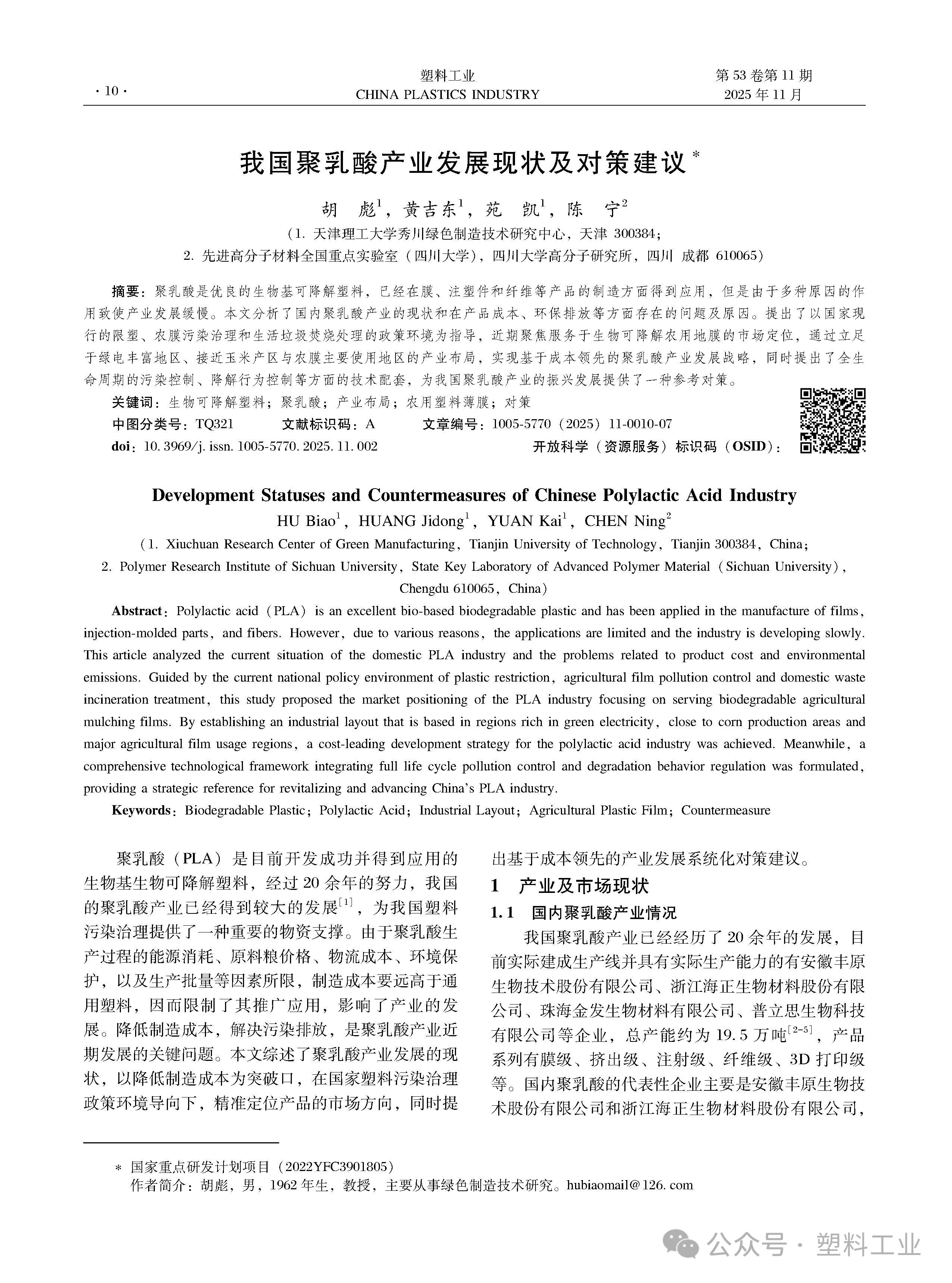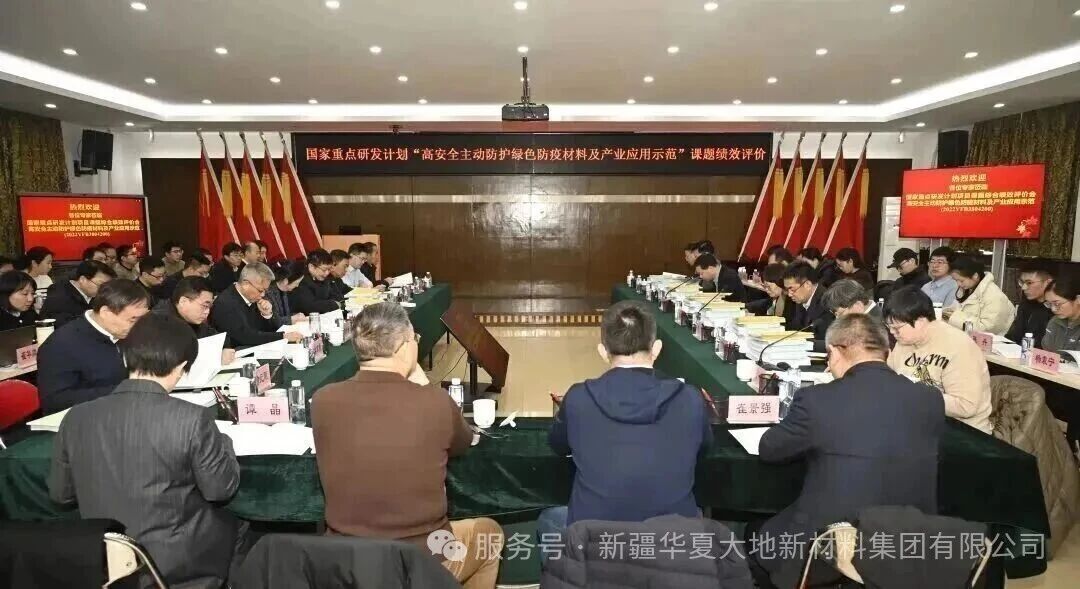In the 3D printing material system, PLA (polylactic acid), due to its environmentally friendly properties derived from renewable resources such as corn starch and sugar cane, as well as its low melting point and easy molding characteristics, has become the "basic material" recognized by both newcomers and veterans. For most users, high-quality and cost-effective PLA printing materials not only reduce the cost of creation, but also enhance the success rate of printing with stable performance. From entry-level basic models to improved-function products, how to accurately select the high-quality and cost-effective PLA that suits the needs has become a core issue in 3D printing practice.

The core criterion for evaluating the high-performance PLA is not merely the low price, but rather "the balance between performance and price". Firstly, the basic performance stability is crucial. The diameter tolerance should be controlled within ±0.02mm, which is essential to prevent clogging and filament breakage - excessive tolerance in the filament can lead to uneven extrusion, directly affecting the quality of inter-layer bonding. Secondly, the adaptability to different scenarios is important. For daily ornaments printing, no special formulas need to be pursued, but for functional components, attention should be paid to indicators such as impact resistance and inter-layer adhesion. Finally, the ease of use is also significant. Whether it supports automatic parameter adaptation of the printer and is easy to store, these features directly affect the user experience.
The current market offers a clear product gradient for high-performance PLA. For the entry-level market, domestic brands are the preferred choice. The "Three Green" basic model reduces the probability of warping by 40% through optimized melting temperature, making it particularly suitable for non-constant-temperature home printing environments. The unit price is only 20-30 yuan per roll, with outstanding cost-effectiveness. The Yisheng eSUN series achieves "basic price with upgraded performance", adding a special toughening agent to its PLA+ products, increasing the impact resistance by 30% compared to ordinary PLA. Combined with an anti-UV coating, it makes models for outdoor scenes such as balcony decoration more resistant to aging. The unit price is controlled within the range of 35-45 yuan, making it a popular choice for advanced beginners.
There are also high-quality and cost-effective options in the international market. Anycubic PLA stood out in the actual test on Amazon, achieving "low-defect printing" at a price of $17.99 per roll. Its surface smoothness and detail reproduction are comparable to those of high-end products, making it the preferred choice for cross-border purchases. The PLA Lite launched by Tuozhu in 2025 redefines "smart feeding material". It is equipped with an RFID identification chip, and once inserted into the tray, it can automatically match the printing parameters. For beginners, printing mobile phone stands and desktop ornaments almost requires no adjustment. The matte and hidden texture surface quality is more suitable for social sharing. Although the unit price is slightly higher (50-60 yuan per roll), the overall experience still has good cost-effectiveness.
In special demand scenarios, there are also precise solutions for high-performance PLA. For figurines and jewelry production, the "Tuo Zhu PLA Silk+" option can be chosen. The modified formula has solved the problem of brittleness of traditional PLA silk, increasing the impact resistance of the joints of mechanoic models by 30%. It also has both high color saturation and glossiness, with a unit price of 60-70 yuan per roll, which is much lower than imported similar products. For industrial-grade light applications, carbon fiber reinforced PLA is recommended. After adding 15%-30% chopped carbon fibers, mechanical gears can withstand a pressure of 5 kg/cm². Combined with hardened steel nozzles, it can be used. The unit price is 80-100 yuan per roll, with a cost only one-third of pure carbon fiber materials.
Choosing the right consumables is only the first step. Scientific usage is necessary to maximize the cost-effectiveness. The temperature setting needs to be precisely controlled. For ordinary PLA, the recommended printing temperature is 190-220℃. For thin-walled and delicate parts, the lower limit should be selected, and for thick-walled structural parts, the upper limit should be chosen. The hotbed temperature of 40-60℃ is sufficient to ensure the adhesion of the first layer. In northern winters, it can be raised to 70℃ to avoid edge contraction and cracking. Humidity control is crucial. PLA is prone to generating bubbles after absorbing moisture. Even if the factory label states "no pre-treatment required", it is recommended to dry for 1-2 hours at 50-60℃ before printing. Unused filament after opening the package must be stored in a moisture-proof box, which can reduce the failure rate of printing by 60%.
The balance between speed and precision is equally important. The conventional printing speed is preferably 40-80mm/s. For models with complex details, it should be reduced to 30-50mm/s to avoid detail loss. Although Creo 3D Hyper PLA supports 600mm/s ultra-fast printing, it requires a dedicated cooling system. Ordinary users blindly pursuing speed may lead to deformation of the hanging parts, resulting in a loss of benefits. In addition, regular cleaning of the nozzle and adjusting parameters according to the environmental temperature and humidity can further improve the utilization rate of consumables and reduce waste.
The environmental attributes of PLA materials add an additional layer of value. As a biodegradable material, it can completely decompose in professional equipment and will not cause environmental pollution. It is particularly suitable for educational experiments, medical models, and other scenarios - in the medical field, PLA has been used in a 1:1 ratio to replicate the human aortic arch, accurately presenting the vascular branches and detailed pathological changes. After use, it can safely decompose, balancing both practicality and environmental friendliness. This "low cost + low environmental impact" characteristic makes PLA an ideal choice for sustainable creation.
From the perspective of market trends, high-performance PLA is moving towards the direction of "precise adaptation" and "functional integration". Domestic brands have gradually narrowed the performance gap with imported products through iterative material formulations; the popularization of technologies such as intelligent recognition and moisture-proof coatings has continuously lowered the usage threshold of consumables. For users, by clearly defining the scene requirements, controlling the core parameters, and scientifically storing and using, they can easily find high-performance PLA that is suitable for them.
The charm of 3D printing lies in "what you imagine is what you get". And the cost-effective PLA is the solid support for this creativity. Whether it's a novice's first attempt or an experienced professional's batch production, choosing and using this type of material correctly can not only control costs but also ensure the quality of the work. With the continuous breakthroughs in material technology, the cost-effectiveness advantage of PLA will become more prominent, becoming a more reliable bridge connecting creativity with reality.








